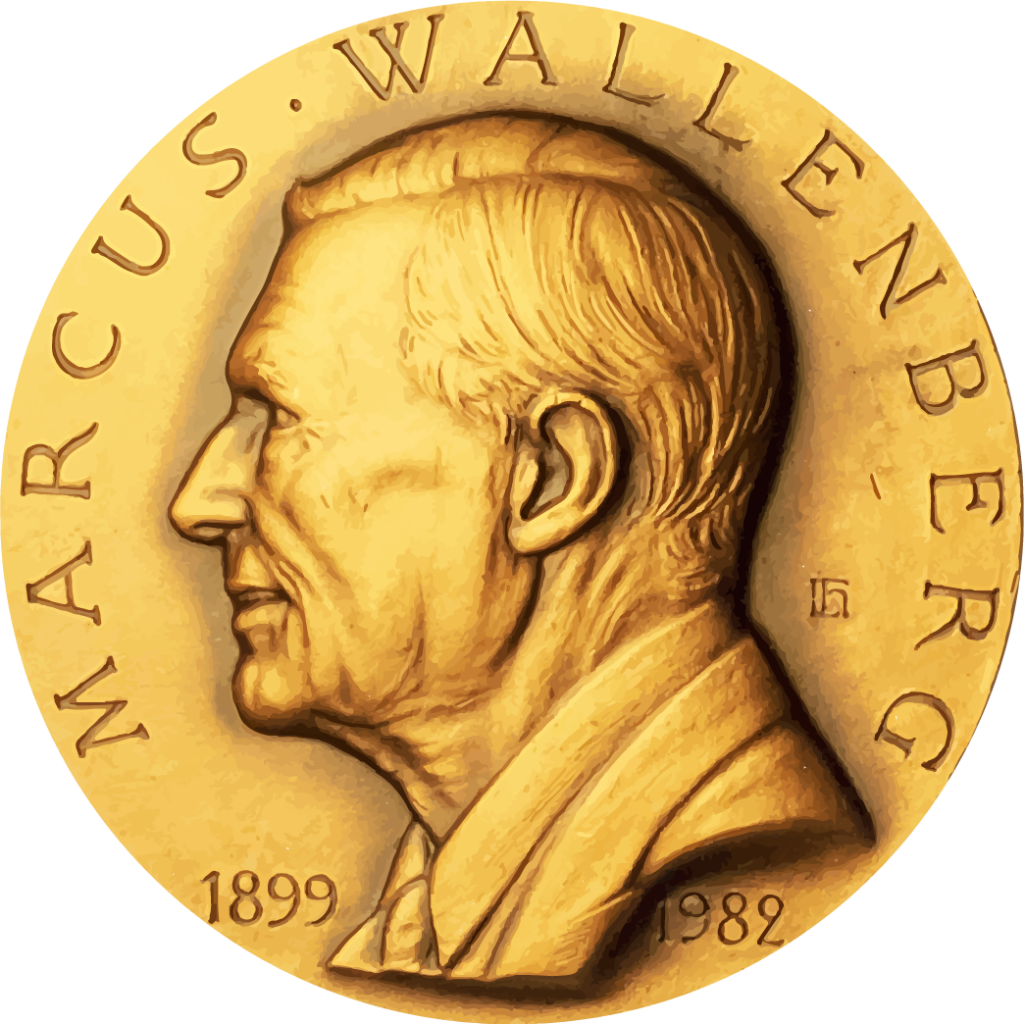Improved monitoring essential to reduce carbon emissions
The method of using airborne laser scanning developed by professor Erik Næsset to produce forest data for operational management of forests was awarded the Marcus Wallenberg Prize in 2011.
Erik Næsset has continued to find more efficient ways of monitoring forests to plan and achieve greater revenues and estimate global carbon emissions.
“The work to provide methods for production of more detailed and accurate data for forest management needs was highlighted when I received the Marcus Wallenberg Prize. The prospects of using data from advanced remote sensing technologies were also addressed, such as airborne and space-borne lasers to monitor tropical forests as a means to combat forest loss and global warming. Interestingly, the recent years’ research has shown that these two distinct areas of application now are coming more and more together.
Our team is continuing the research to provide more relevant and accurate information on the forest resources for better forest planning and greater revenues of forest management in the northern forests like here in Scandinavia. Our focus is on more detailed information on economic aspects of the resources, more efficient ways of collecting high-precision data in the field.
But our team is at the same time increasing the efforts to find more efficient methods to monitor forests and estimate loss of forests to reduce global carbon emissions from tropical deforestation and forest degradation. Around 15 percent of global anthropogenic carbon emissions are estimated to stem from loss of forests in tropical countries. Agreements on mechanisms to control forest loss in developing countries are among the most successful areas of the annual UN climate negotiations over the past five to ten years. Improved forest monitoring is essential for this effort. We are also trying to coordinate this work with international efforts to develop standards and guidelines for the tropical countries to monitor and report their emissions to for example international treaties like the UN Framework Convention on Climate Change.
We have recently completed a large study in Africa on methods for use of advanced airborne lasers systems to monitor forest biomass and carbon in savanna and rainforest ecosystems. Interestingly, many of the achievements we have seen there can also improve our work here in Scandinavia. The focus on change in carbon stocks and forest resources in the climate context, rather than the current stock which is of primary interest in forest management for wood production, may in the future become more relevant even in our management. Carbon is already a commodity in certain parts of the world, and detailed and accurate information on change in stocks at management unit level is of fundamental importance for future trade of carbon. So our “African experience” has certainly inspired us to see how far we can push the technology even for providing commercial wood producers in northern forests with detailed data to balance the production of wood and carbon in a potential future market where carbon may become a competitive product from the forests.”
Erik Næsset

Marcus Wallenberg prize 2011
Laureate: Erik Næsset, Professor of forest inventory
Institution: Norwegian University of Life Sciences, Ås, Norway.
Research field: Change estimation of forest resources and carbon stocks in lidar-assisted sample surveys.


